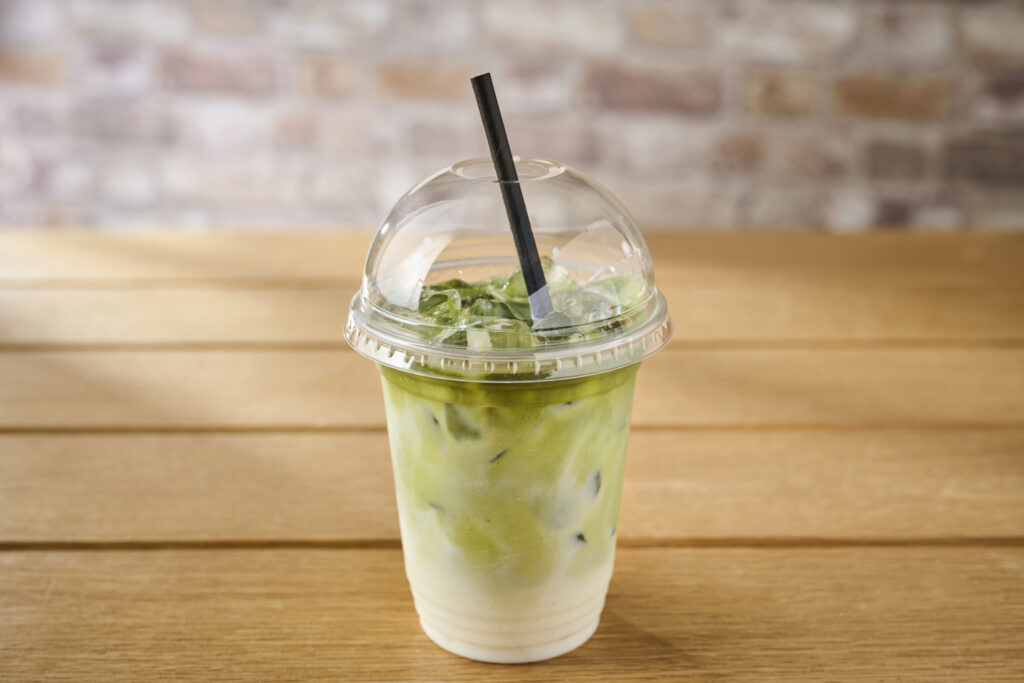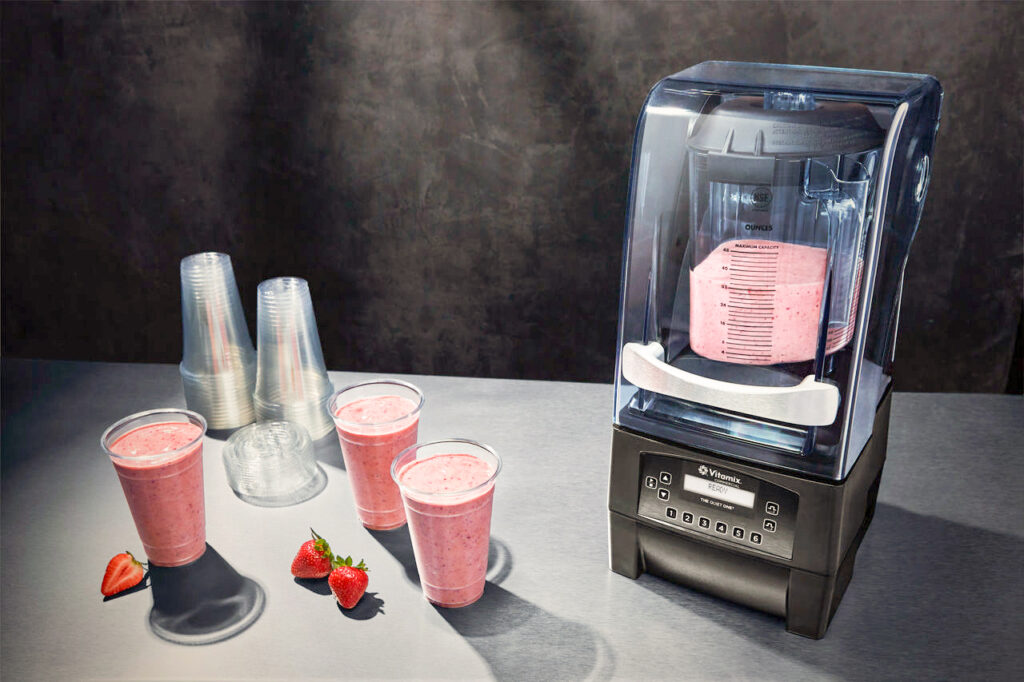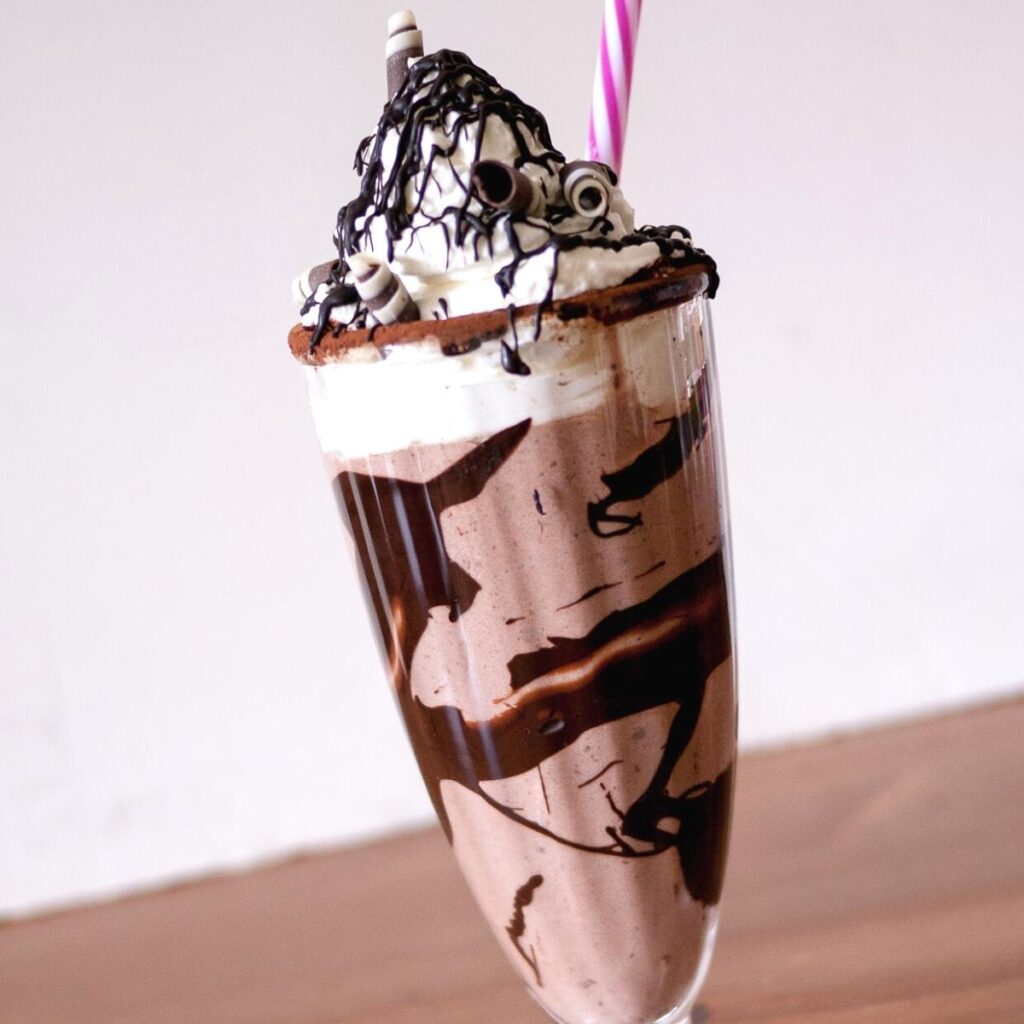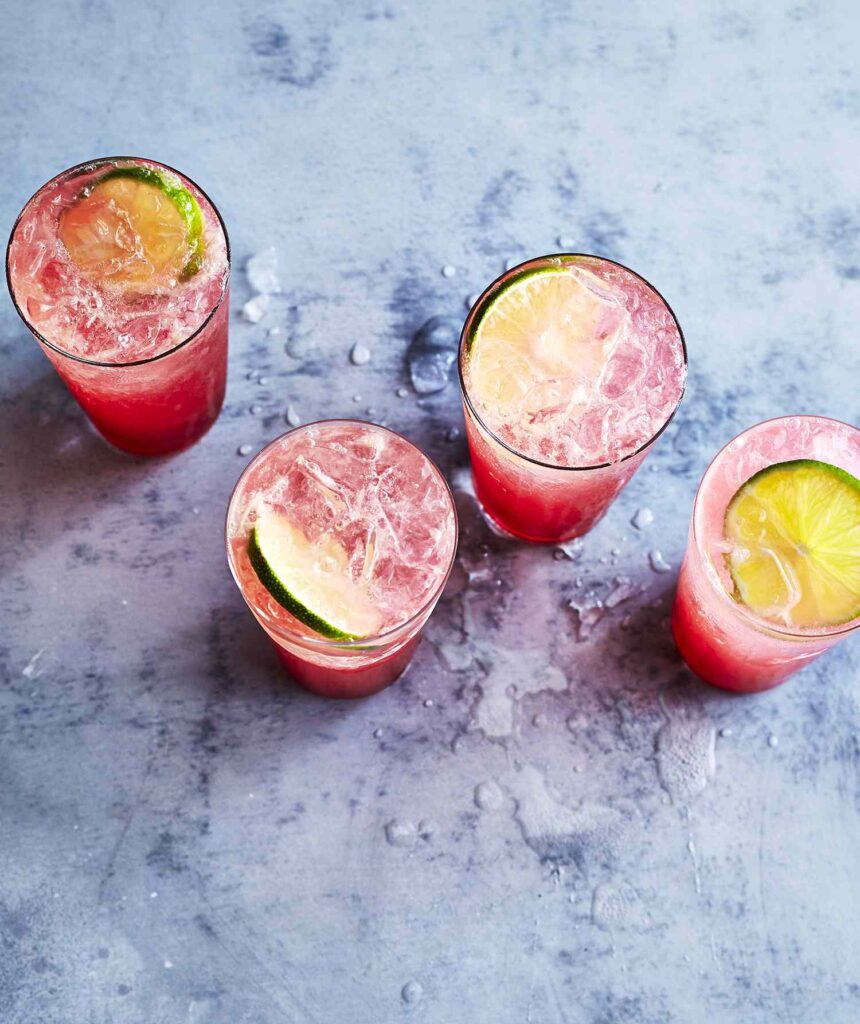From chai to bubble tea, milkshakes to flavoured water, the right drinks not only quench your customers’ thirst, but they also fuel your bottom line
As margins tighten and consumer expectations rise, operators are looking to every part of their menu to drive profits, and drinks, both hot and cold, are delivering. Whether it’s a comforting cup of tea in winter or an indulgent milkshake in summer, soft drinks are no longer a background add-on — they’re an opportunity to upsell, differentiate and build customer loyalty.
Hot drinks
Hot drinks remain a year-round favourite. According to recent figures from Kantar UK, total UK spend on hot drinks for the week ending 15th June 2025 hit £10.7 billion, up from £10.1 billion the previous year, and £8.4 billion the year before that. It’s a fast-growing category, and even less traditional channels like quick service restaurants are seeing success, particularly those offering value-focused lines.
“The hot drinks market is as strong as ever,” says Darren Bown, catering director at wholesaler Booker. “But while traditional tea and coffee will always be in demand, chip shop owners should recognise the diversity in the market and keep an eye on innovation and evolving trends.”
To stand out, Darren suggests striking a balance between classic favourites and modern alternatives. “For a traditional feel, operators can rely on trusted brands such as Lichfields, PG Tips and Tetley. But those looking to refresh their menu can explore premium options like Teapigs herbal teas or Lavazza coffee for a more elevated experience.”

As customers become more health-conscious, herbal teas like camomile, peppermint, and green tea are surging in popularity. “At Booker, we’re responding to this demand with a wide range of wellness beverages suited to various dietary needs,” Darren adds. “Whether it’s a calming camomile tea or a revitalising green tea, these beverages cater to the growing desire for healthier options without compromising on taste.”
To provide these popular beverages quickly, Buffalo has a new energy-saving water boiler that ensures hot water is available as required. Mark Conron, group head of customer communications at stockist Nisbets UK, explains: “With a sleek matt black finish, this water boiler has a double-wall stainless body with additional insulation, and it uses 60% less energy, reducing costs.”
Fastest growing trends
One of the fastest-growing trends in hot beverages is chai. Rebekha White, brand manager at Aimia Foods for Professionals, notes: “More and more chai options are appearing on menus and are particularly popular with Gen Zs and Millennials. This creates opportunities for operators to upgrade and upsell standard chai lattes to premium alternatives.”
Aimia recently launched a Drink Me Chai Matcha Latte powder that combines the health appeal of matcha green tea with the comfort of chai spices. Operators simply mix with milk and serve it either hot or cold over ice.

Alternative milks, such as oat, almond, and soy, are also gaining traction and give customers the option to customise their drinks. Tea brand Tea Pigs points out that each type of alternative milk will have a slightly different taste and texture, so it may take some experimentation to find the best match for your tastes. Also, it says be prepared for some trial and error as some alternative milks may not mix as well as dairy milk does.
While hot drinks are on the rise, cold beverages are evolving rapidly — with shifting preferences and some regulatory changes influencing what shops offer.
Slush machines, once a staple in many shops, have taken a hit due to updated Food Standards Agency guidance issued just last month recommending limits on slush drinks containing glycerol for children. The advice, which says they should not be consumed by children under seven years of age, restricts children under 10 to just one 350ml slush per day, and discourages free refills, has led many operators to reconsider.
“We’re seeing more shops move away from slushies and convert their machines to offer milkshakes,” says Mike Crees, MD at wholesaler T.Quality. “It’s not very difficult, and it’s definitely a win.”
For shops without a slush machine, Jestic Foodservice offers options like Vitamix’s The Quiet One, which can blend smoothies or milkshakes using fresh or frozen ingredients without the noise. “The appeal of milkshakes in a fish and chip shop lies in their indulgence and versatility,” says Michael Eyre, product director at Jestic Foodservice Solutions. “Their thick, creamy texture and rich sweetness provide a perfect contrast to the savoury, crispy elements of fried fish and golden chips.”


For operators looking to enhance their milkshake offering, Angelito Thickshake Mix from Kerrymaid provides a versatile base. When used alongside DaVinci Sauces, it allows for easy experimentation with flavour combinations, including popular freakshake-style drinks. These more indulgent options can help broaden menus and appeal to a wider range of customers.
T.Quality’s Mike also notes a swing towards low-calorie and flavoured water over carbonated soft drinks. “There’s definitely a health awareness shift. We’re seeing more people choose flavoured spring water or fruit juice drinks. It’s that mindset: ‘I’ve had the large cod and chips, let me balance it out with a low-calorie drink.’ Whether it works or not is another thing, but the thought process is there.”
Popular choices T.Quality stocks include Rubicon sparkling water, Harrogate water, and SUSO, a fizzy fruit drink with no preservatives or sweeteners.
A trendy newcomer
Also gaining momentum in the cold drinks category is bubble tea, a trendy newcomer. Since arriving in the UK in the early 2000s, it has grown into a global phenomenon. Now available for foodservice, Aimia Foods for Professionals has teamed up with Impulse Brands Group – owner of the Bubbleology bubble tea brand – to offer the Global Boba ‘Mixology Kit’, including all the essentials to create 20 popular bubble tea drinks.
Karen Green, OOH marketing controller for Aimia Foods, explains: “Twenty drinks felt like the perfect trial amount for operators to experiment with, and ultimately, gauge product popularity with customers. We see operators trialling and testing bubble teas in their outlets using the kits, then moving onto our bulk range, helping them to customise their offer.”


Finally, how drinks are marketed matters just as much as what is sold. Consider placing signs on the pavement or investing in digital windows screens to promote your drinks offering. Not only can this bring in extra footfall, but it also encourages people to browse your full menu while they wait for their drink.
Big brands are already ahead of the curve. McDonald’s, for example, recently introduced customisable fizzy drinks to its UK menu, letting customers add pumps of Green Apple or Mango & Passionfruit syrup to their Sprite Zero — a great example of using personalisation to upgrade a simple beverage.
The soft drinks market is changing fast, and for fish and chip shops, that presents a golden opportunity. By embracing modern flavours, investing in efficient equipment and responding to shifting customer needs, operators can turn a humble drinks menu into firm favourites.








